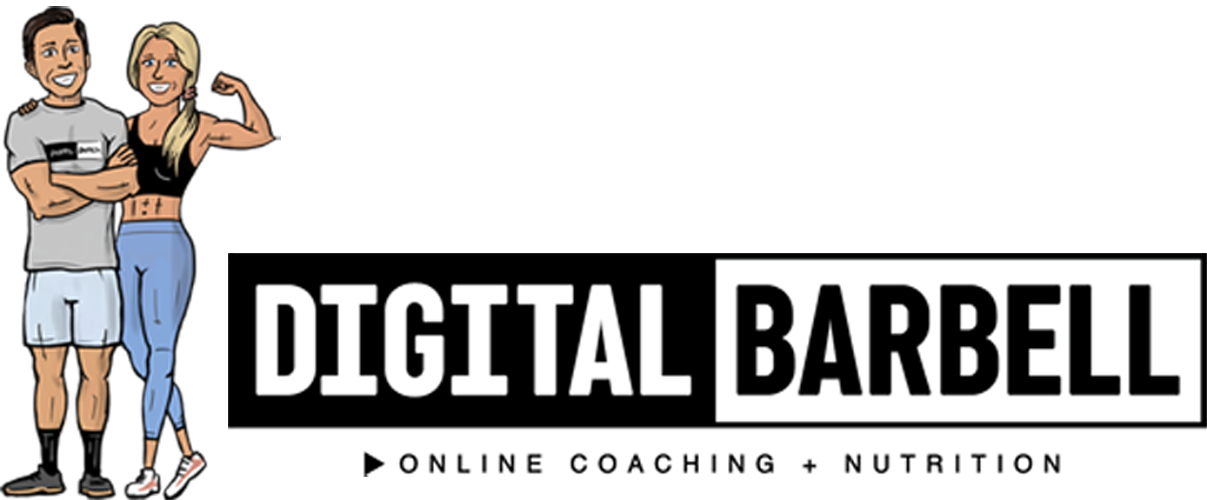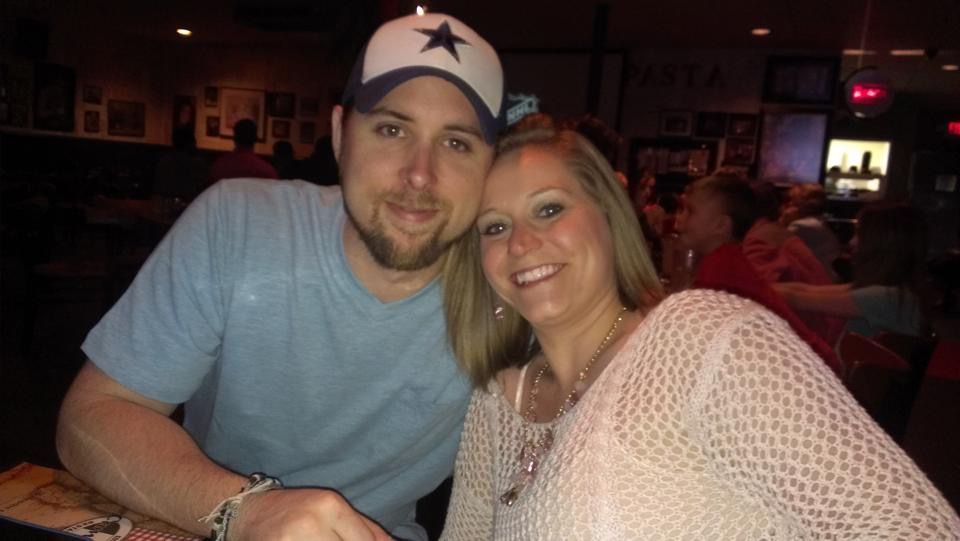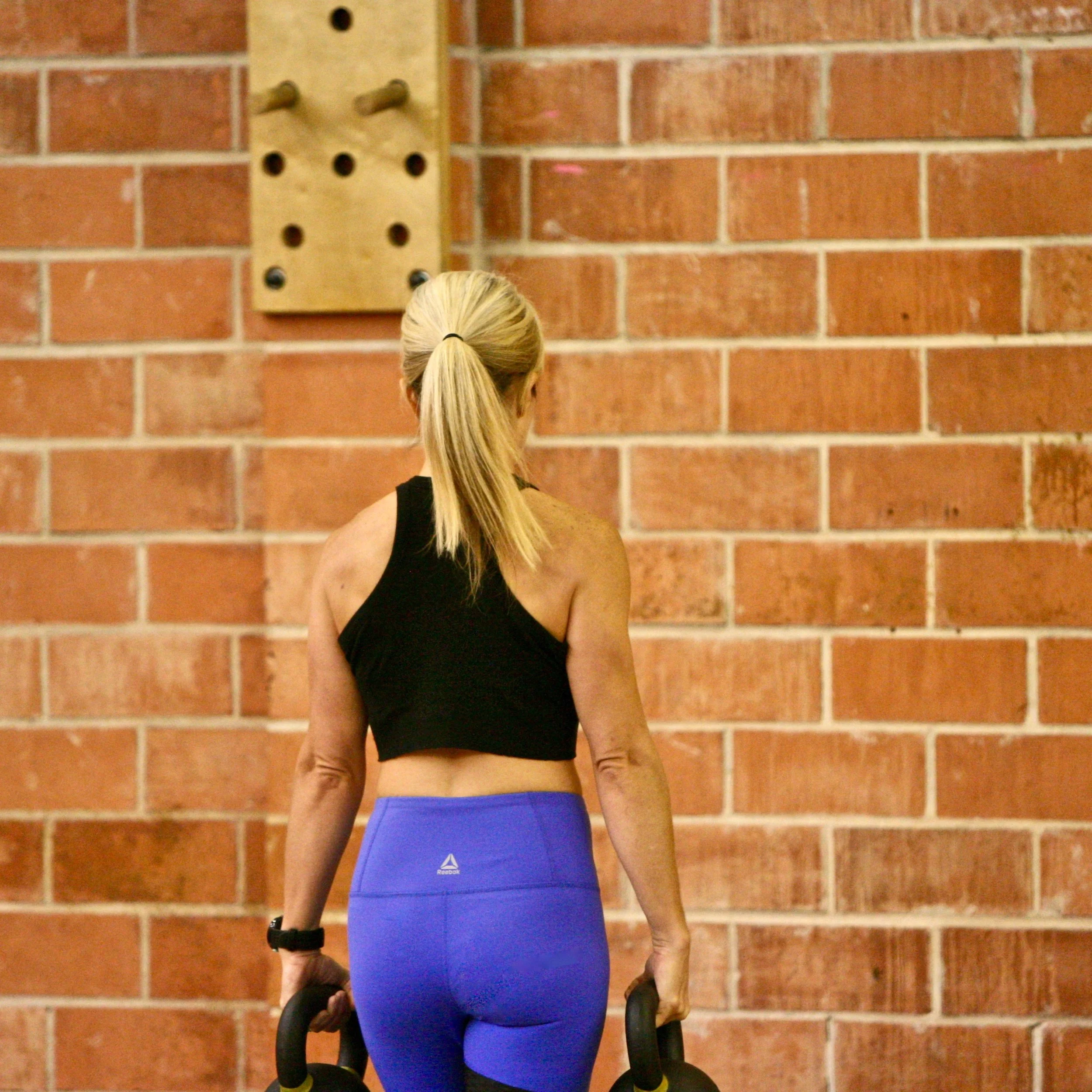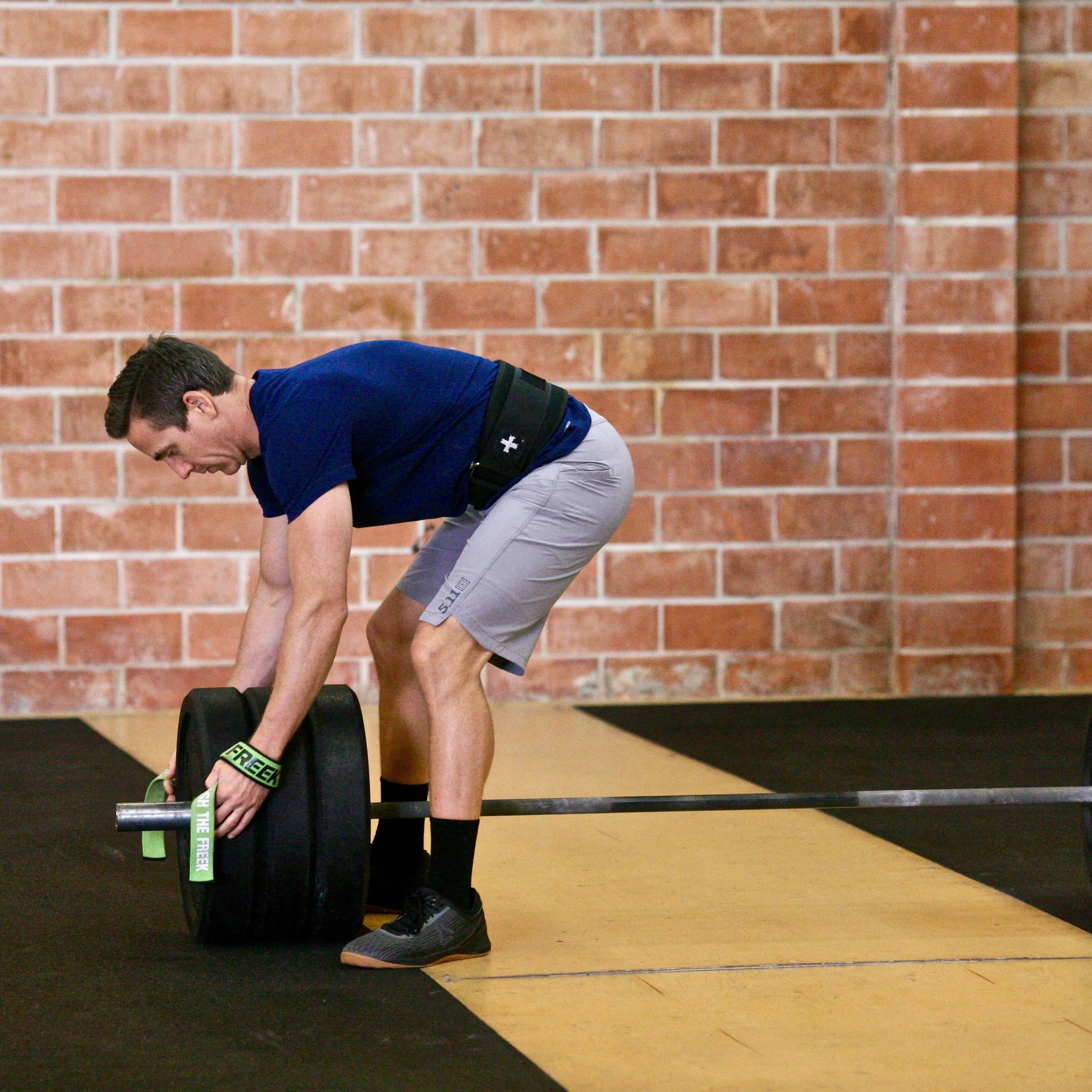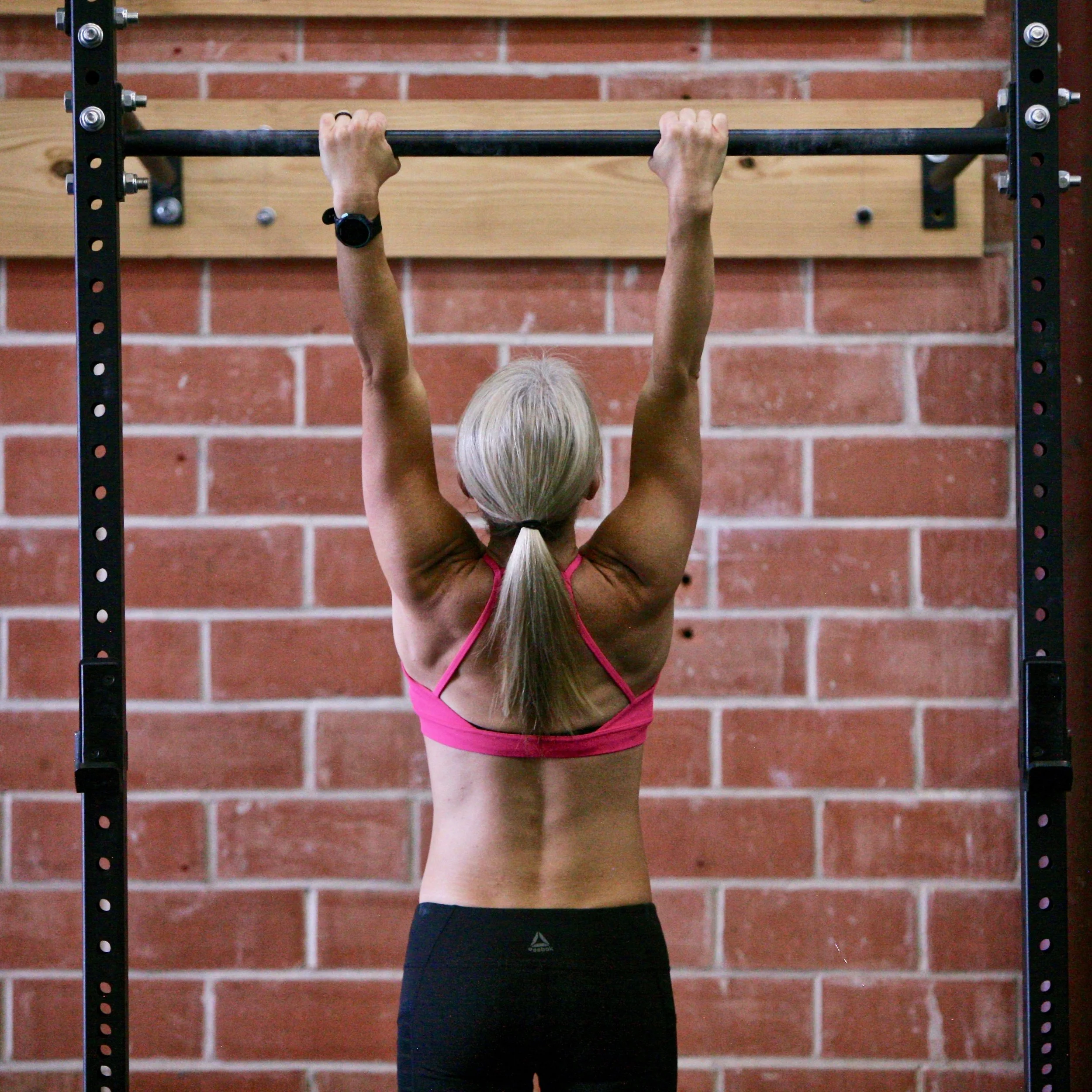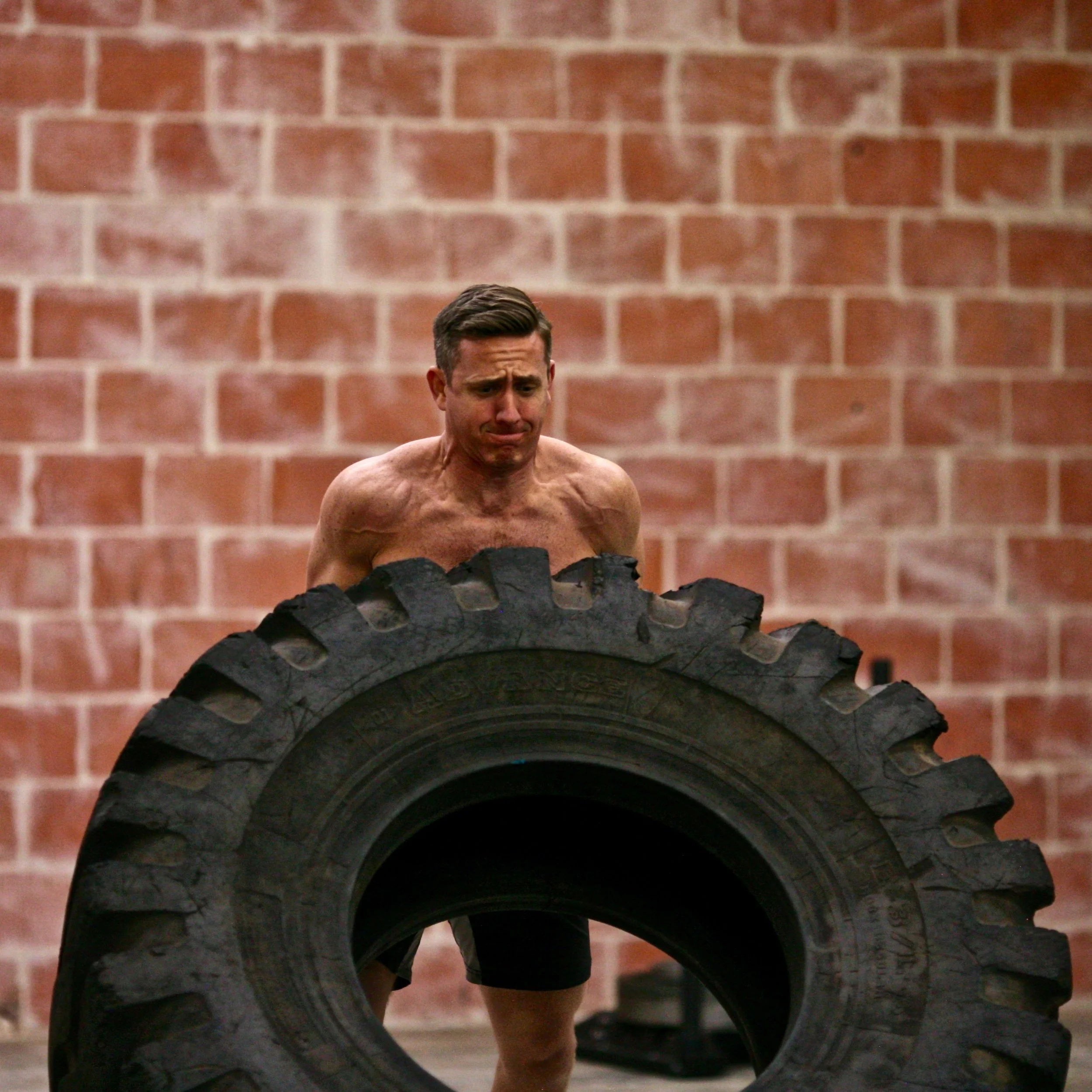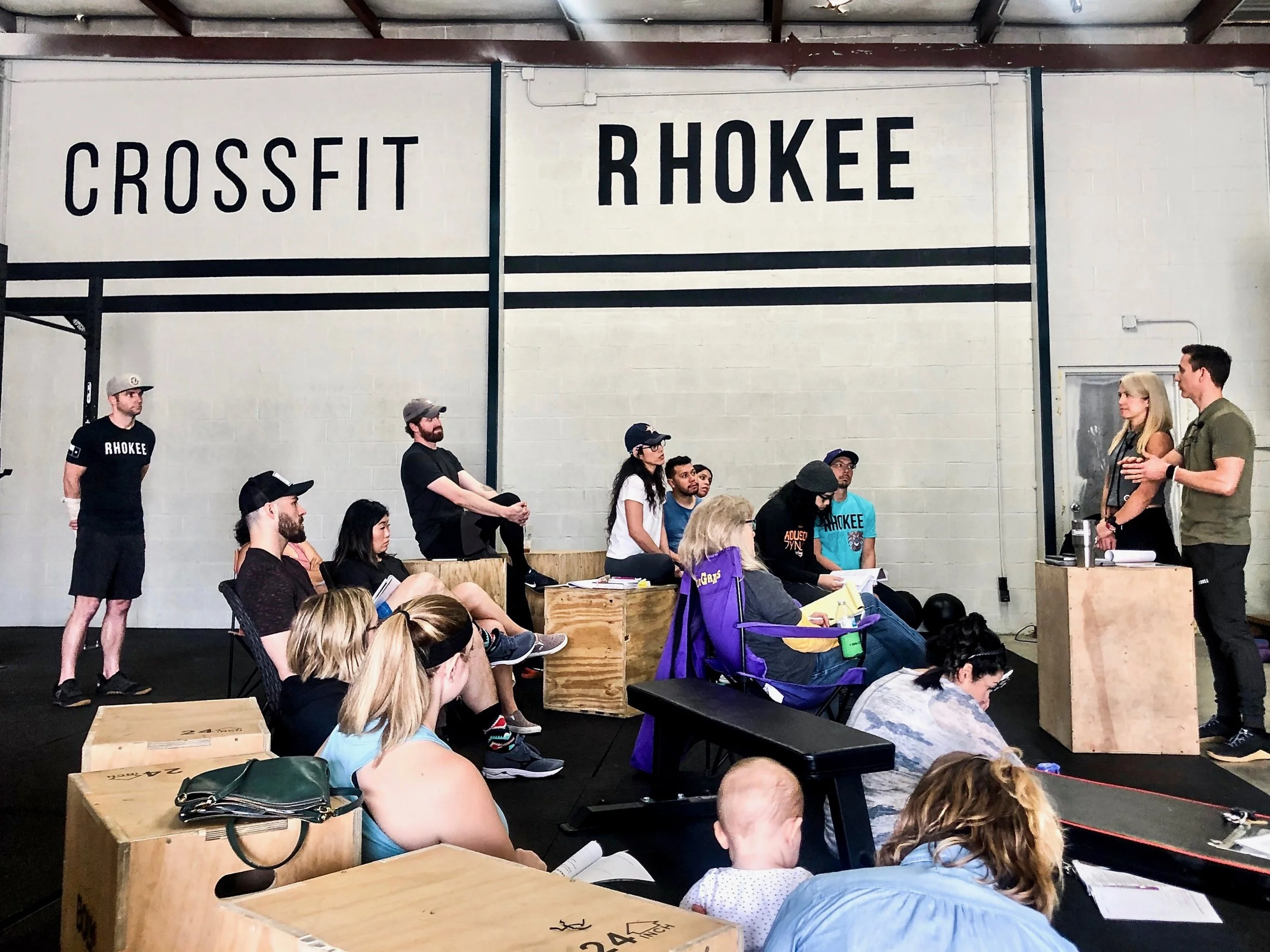
FREE CONTENT
If You Have a Question, We’ve Likely Written A Blog About It!
CASE STUDY: TRAINING WITH ONE ARM
Jumping into a training program takes a lot of guts. A lot of people ponder over the pros and cons for a long time before finally jumping in. Imagine making the decision to jump when you can only use one of your arms! That is what Jake did and today is he stronger (with both arms) for it!! When he started with us he was facing his second surgery to repair a defective prosthetic in his elbow that was replaced after a bad fall.
ARE YOU EVEN READY TO DIET?
Not everyone is ready to go on a diet, even if they have weight to lose. Say whaaaaat? You read that right. Just because you have 10, 20 or 30lbs that you would like to lose doesn’t mean that it’s the right time to do it. Let me explain.
The first thing we do with a nutrition client after getting to know them and their goals is to find out what they have done in the past and what they are doing now that has gotten them to where they are. The reason isn’t to judge them. Quite the opposite. It’s to learn how we can best help them reach their goals. One important thing we need to understand is what is going on with our client’s metabolism.
BE NEAT
N.E.A.T. = Non Exercise Activity Thermogenesis
It’s pretty NEAT to think about but NEAT activities are the things that we do every day other than sleep, eat and exercise that burns calories.
Ready to have your mind blow: If we use some of the alternative deserts we discussed earlier this week AND we increase our NEAT activities we could create a 500 calorie deficit a day. If you do that all week you could lose a pound this week!
HOW LONG DOES IT TAKE?
How long does it take to lose weight? To some extent it’s a math equation. There are about 3500 calories in a pound of fat. So, if you eat 500 calories less than you burn every day for a week, you would lose about a pound. That’s a huge simplification but you get the idea.
Remember, we are on the path toward consistency! And the process of losing weight takes time, more than a 30 day challenge, but what it taking your time does is it leads you toward lasting results. THAT is what we are after! What we don’t want is a drastic weight loss followed by the same or more weight gain once the challenge is done.
So back to the question at hand: How long does it take?
USING PROGRESSIONS TO ACHIEVE YOUR GOALS
We are honing in on goal setting and staying on a consistent path toward achieving those goals here at Digital Barbell.
HAVING a goal is the only way to achieve a goal. We all know that. But once you have a goal, what do you do?
Goal Guidelines: Your goals need to be S.M.A.R.T.
HOW TO GET STRONG
Strong people are harder to kill, and more useful in general.
- Mark Rippetoe
Strength is the ability to produce force against an external resistance. Our bodies are incredible machines that learn and adapt based on what we do to them.
So, down to the actual “How To” of this process.
A DAY OF EATING
Disclaimer: This is not a perfect eating plan by any means nor is it a plan you in particular should follow… this is just an average day of eating at our activity level and for our current goals. We also aren’t ‘chefs’ by any means so we keep food enjoyable but simple. Here ya go!
DON'T DETOX
In our continued effort to bring you no-bs advice and information, we’re here to tell you that you cannot detox your body into shape by purchasing a special food, drink or chemical.
Most of the reason a detox works for someone is because for a set amount of time they aren’t eating all the crap they normally are during the detox. But once the detox is over however, in comes the junk and out goes any results they gained from the process.
TWO IMPORTANT FACTORS YOU NEED TO CONSIDER WHEN SETTING UP YOUR NUTRITION PLAN
HOW TO AFFECT YOUR BODY WEIGHT: We use ENERGY BALANCE to affect a client’s body weight. Remember, energy balance is how many calories you are eating verses how many you are burning.
HOW TO AFFECT YOUR MUSCLE TO FAT RATIO: We use MACRONUTRIENTS to affect their body composition (meaning their ratio of muscle to fat). Remember, macronutrients are how much protein, carbohydrates and fat you get from each meal.
